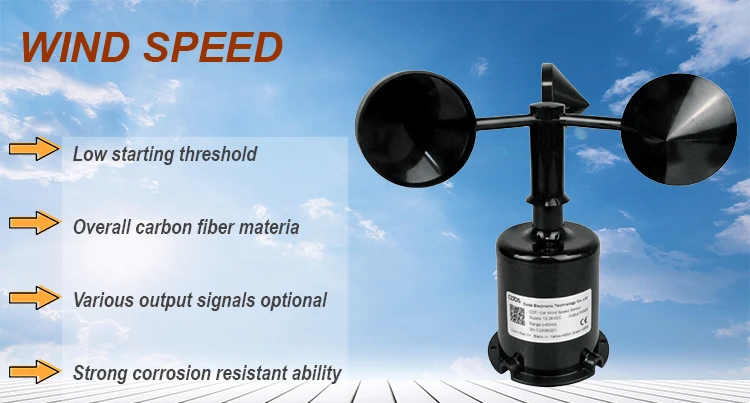**Wind Speed Measuring Instruments: Types and Applications**

html
Wind Speed Measuring Instruments: Types and Applications
Measuring wind speed is essential in various fields, including meteorology, aviation, and environmental studies. Accurate wind speed data helps in weather forecasting, flight safety, and renewable energy projects. Several instruments are designed specifically for this purpose, each with unique features and applications.
1. Anemometers
Anemometers are the most common instruments used to measure wind speed. They come in different types, including:
Cup Anemometers
Cup anemometers consist of three or four cups mounted on horizontal arms. As the wind blows, the cups rotate, and the speed is calculated based on the rotation rate. These are widely used in weather stations and wind energy assessments.
Vane Anemometers
Vane anemometers, also known as propeller anemometers, use a rotating propeller to measure wind speed. They are often used in aviation and marine applications due to their accuracy in directional wind measurements.
Hot-Wire Anemometers
Hot-wire anemometers measure wind speed by detecting changes in the electrical resistance of a heated wire exposed to the wind. These are ideal for low-speed airflow measurements in laboratories and HVAC systems.
2. Wind Vanes
Wind vanes, while primarily used to determine wind direction, can also be paired with anemometers to provide comprehensive wind data. They are commonly found in weather stations and agricultural settings.
3. Sonic Anemometers
Sonic anemometers use ultrasonic sound waves to measure wind speed and direction. They are highly accurate and are often used in research and turbulence studies. Their lack of moving parts makes them durable and low-maintenance.
4. Pitot Tubes
Pitot tubes measure wind speed by comparing static and dynamic air pressure. They are frequently used in aviation to determine aircraft speed relative to the surrounding air.
Applications of Wind Speed Measuring Instruments
Wind speed instruments serve critical roles in multiple industries:
Meteorology
Accurate wind speed data is vital for weather forecasting and climate studies. Instruments like anemometers and wind vanes are staples in meteorological stations.
Aviation
Pilots rely on wind speed measurements for safe takeoffs, landings, and in-flight navigation. Pitot tubes and vane anemometers are commonly used in this field.
Renewable Energy
Wind turbines require precise wind speed data to optimize energy production. Cup and sonic anemometers are often deployed in wind farms.
Environmental Monitoring
Wind speed measurements help track pollution dispersion and assess environmental impacts. Researchers use a combination of instruments to gather this data.
Choosing the right wind speed measuring instrument depends on the specific application, required accuracy, and environmental conditions. Understanding the strengths of each type ensures reliable and actionable data.
Keyword: instrument measure wind speed